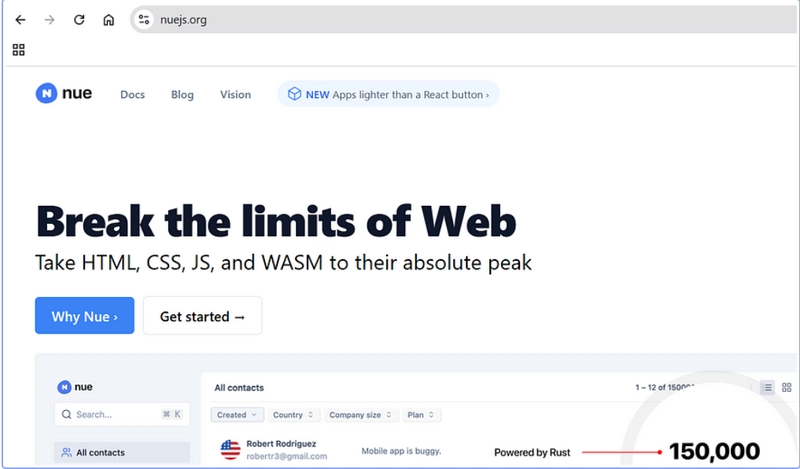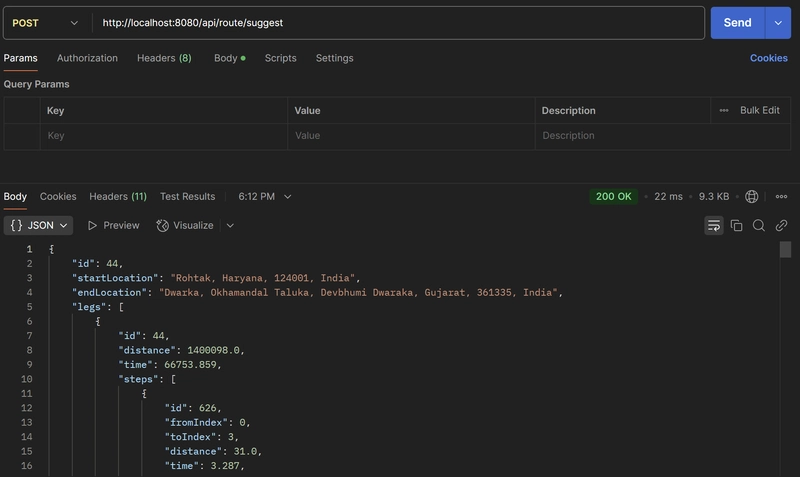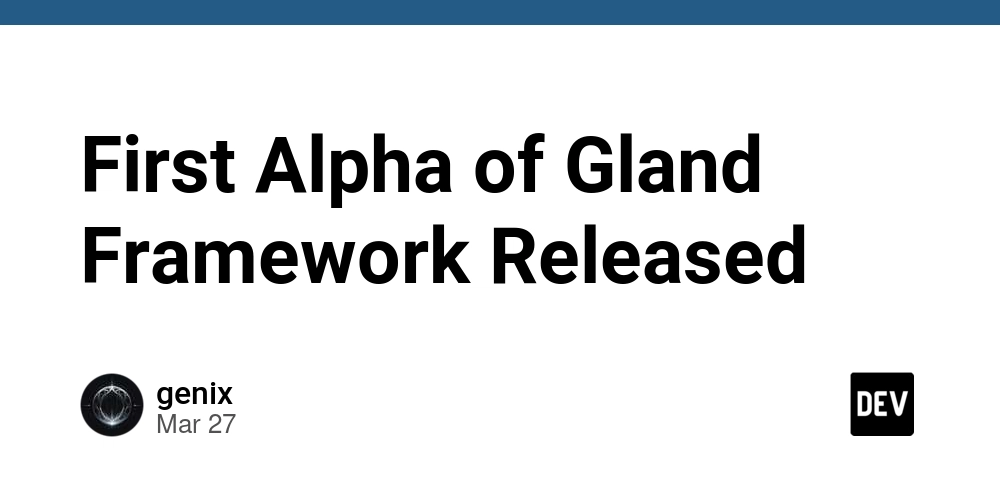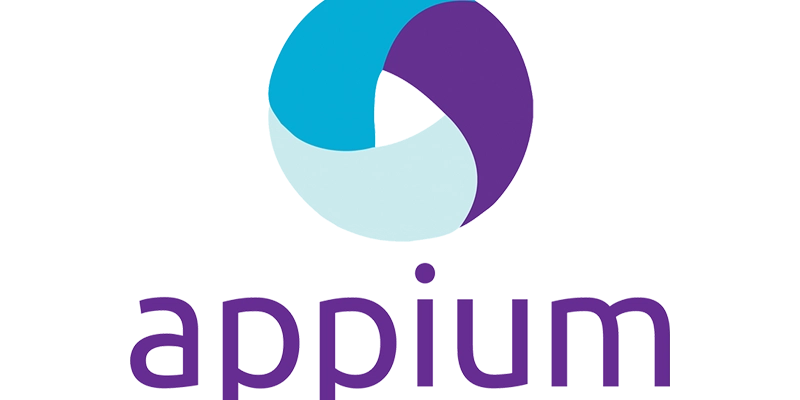Chasing the Map Dream: My Journey of Building a Navigation System
A few months ago, I had the crazy idea of building an app like Google Maps for route suggestions. Many people thought it was pointless—after all, why reinvent something so polished? But as a developer, the urge to build it myself was irresistible. I knew that using the Google Maps API would cost money, so I went hunting for free third-party APIs. After days of research and asking ChatGPT, I still couldn’t find one that fit the bill. Some were way too confusing, while others just didn’t offer the data I needed. One evening, determined to crack the code, I stumbled upon an API that could provide route data—but only if I had latitude and longitude. No problem—I found another API to fetch those coordinates. I was finally getting somewhere! However, it still lacked estimated time calculations, especially with traffic in mind. To fill the gap, I integrated yet another API that calculated traffic within segments. Combining everything, I had to traverse the coordinates from start to end and calculate the distance using the Haversine formula. The response time shot up to 30 seconds—definitely not practical for a navigation app. I knew I needed to speed things up, so I dove into multithreading to optimize the response time. After plenty of debugging and trial and error, I managed to reduce it to about 10 seconds. Not perfect, but way better than before. When the final API response came through and closely matched Google Maps, I was honestly blown away. It was like watching my idea come to life after countless hurdles. This project pushed me to research, debug, and learn more about multithreading—an unforgettable journey that made me a better developer. It wasn’t about competing with Google Maps. It was about pushing myself to build something challenging and seeing it through. That’s the kind of satisfaction that keeps me coding.

A few months ago, I had the crazy idea of building an app like Google Maps for route suggestions. Many people thought it was pointless—after all, why reinvent something so polished? But as a developer, the urge to build it myself was irresistible.
I knew that using the Google Maps API would cost money, so I went hunting for free third-party APIs. After days of research and asking ChatGPT, I still couldn’t find one that fit the bill. Some were way too confusing, while others just didn’t offer the data I needed.
One evening, determined to crack the code, I stumbled upon an API that could provide route data—but only if I had latitude and longitude. No problem—I found another API to fetch those coordinates. I was finally getting somewhere! However, it still lacked estimated time calculations, especially with traffic in mind.
To fill the gap, I integrated yet another API that calculated traffic within segments. Combining everything, I had to traverse the coordinates from start to end and calculate the distance using the Haversine formula. The response time shot up to 30 seconds—definitely not practical for a navigation app.
I knew I needed to speed things up, so I dove into multithreading to optimize the response time. After plenty of debugging and trial and error, I managed to reduce it to about 10 seconds. Not perfect, but way better than before.
When the final API response came through and closely matched Google Maps, I was honestly blown away. It was like watching my idea come to life after countless hurdles. This project pushed me to research, debug, and learn more about multithreading—an unforgettable journey that made me a better developer.
It wasn’t about competing with Google Maps. It was about pushing myself to build something challenging and seeing it through. That’s the kind of satisfaction that keeps me coding.











































































































































































![[The AI Show Episode 142]: ChatGPT’s New Image Generator, Studio Ghibli Craze and Backlash, Gemini 2.5, OpenAI Academy, 4o Updates, Vibe Marketing & xAI Acquires X](https://www.marketingaiinstitute.com/hubfs/ep%20142%20cover.png)




























































































































![[DEALS] The Premium Learn to Code Certification Bundle (97% off) & Other Deals Up To 98% Off – Offers End Soon!](https://www.javacodegeeks.com/wp-content/uploads/2012/12/jcg-logo.jpg)


![From drop-out to software architect with Jason Lengstorf [Podcast #167]](https://cdn.hashnode.com/res/hashnode/image/upload/v1743796461357/f3d19cd7-e6f5-4d7c-8bfc-eb974bc8da68.png?#)








































































































.png?#)


































_Christophe_Coat_Alamy.jpg?#)
.webp?#)
 (1).webp?#)






































































































![Apple Considers Delaying Smart Home Hub Until 2026 [Gurman]](https://www.iclarified.com/images/news/96946/96946/96946-640.jpg)
![iPhone 17 Pro Won't Feature Two-Toned Back [Gurman]](https://www.iclarified.com/images/news/96944/96944/96944-640.jpg)
![Tariffs Threaten Apple's $999 iPhone Price Point in the U.S. [Gurman]](https://www.iclarified.com/images/news/96943/96943/96943-640.jpg)



































































































































